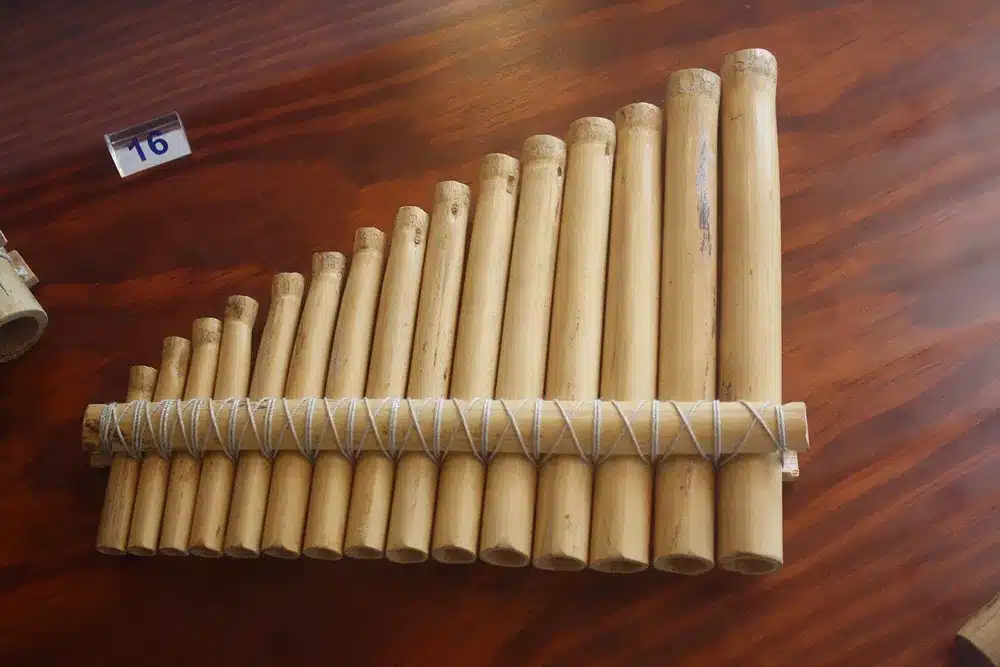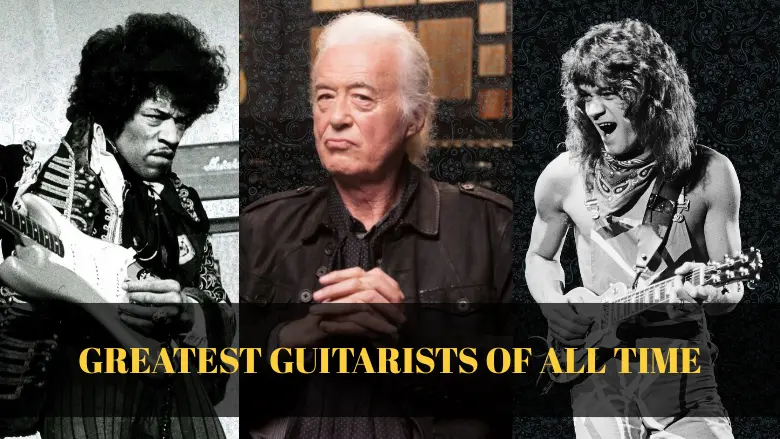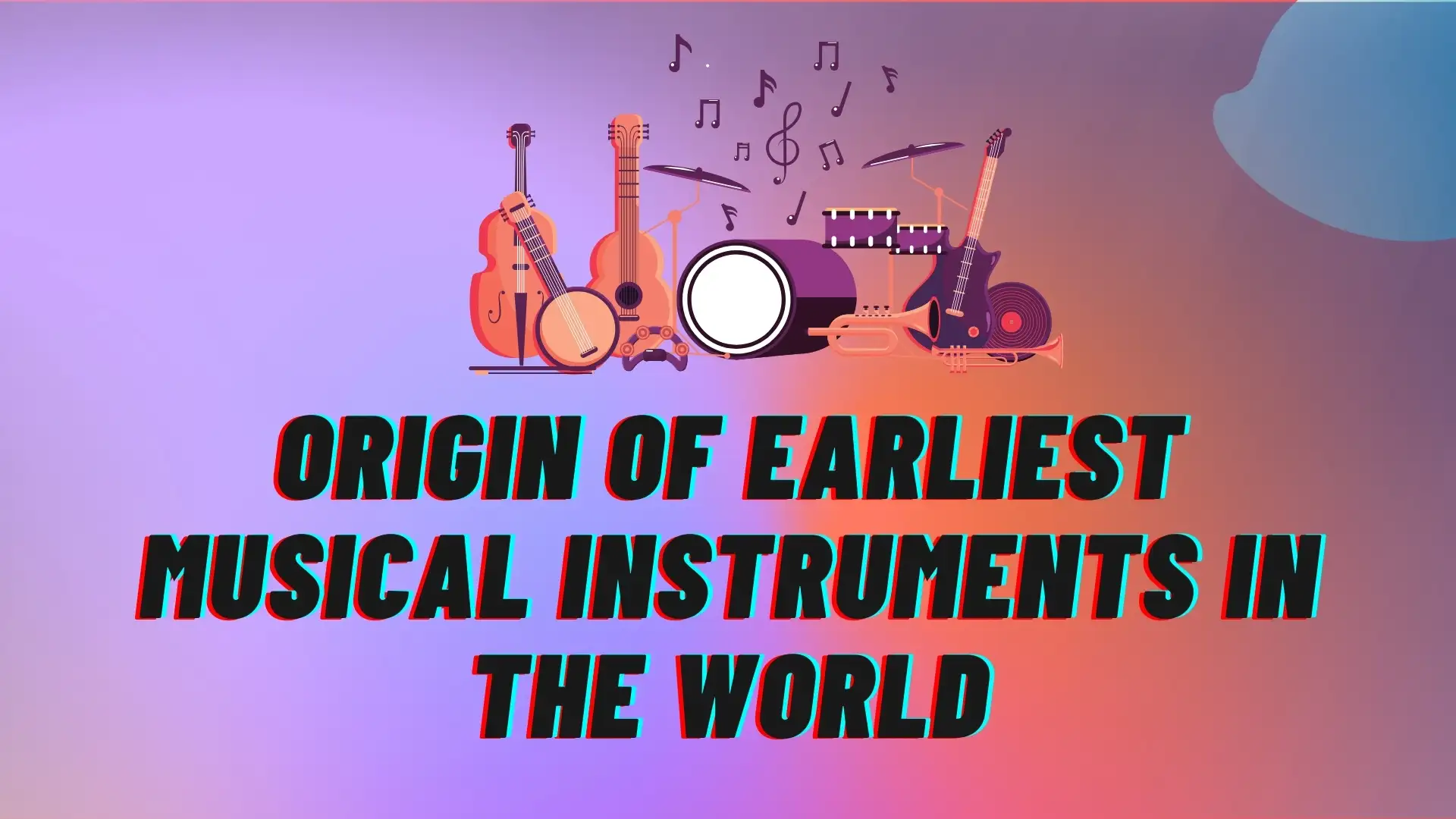Introduction to Musical Instruments
A device made specifically to produce musical sounds is known as a musical instrument. In theory, any thing that makes sound may be regarded as a musical instrument; the object becomes a musical instrument via use.
An instrumentalist is someone who performs on an instrument. Musical instruments have existed since the dawn of human society. An early musical instrument, such a horn to announce a successful hunt or a drum in a religious event, may have been utilised for rituals. Cultures gradually gained the ability to compose and play music for enjoyment. As uses and technologies changed, so did musical instruments.
Instruments – How It Came to Be What It Is

“Probably the first idea of a wind instrument was suggested by breezes whistling through broken reeds. It was noticed that shorter reeds gave higher tones while longer reeds produced lower tones. It would not require a great deal of cleverness to bind together a row of reeds of varying lengths so as to produce a short musical scale. This instrument came to be known as a syrinx or Pan’s Pip. It is in fact from this small arrangement of reeds or pipes that the modern organ has been developed.
Tradition says that Mercury finding that the filaments of dried skin stretched across the shell of a tortoise produced musical tones – took this model for the first time to construct what is known as a Lyre. More probably stringed instruments originated his way.” – Extract from (MUSIC – How It Came to Be What It Is by Hannah Smith)
The Lyre is also an inspiration for the modern day Harp.

It is debatable when and where the first object regarded as a musical instrument appeared. A basic flute is the earliest item that some academics consider to be a musical instrument, and it has been around for between 50,000 and 60,000 years.
Early flutes were made, according to some estimates, 40,000 years ago. Many early musical instruments were built from animal skins, bone, wood, and other flimsy materials, leading most historians to feel it is hard to pinpoint the exact date of development.
Early Origins of Musical Instruments
Numerous populous areas across the world saw the separate development of musical instruments. Contact between civilizations, however, led to the quick proliferation and adaption of the majority of instruments in locations remote from their original usage.
Instruments from Mesopotamia were present in maritime Southeast Asia during the post-classical era, while Europeans played North African-made instruments. Although North, Central, and South American cultures shared musical instruments, development in the Americas moved more slowly.

The Occident dominated the creation of musical instruments by 1400, which saw a slowdown in several areas. Many new instruments were created throughout the Classical and Romantic eras of music, which spanned around 1750 to 1900.
Beginning in the 20th century, the development of conventional musical instruments halted, but the widespread use of electricity sparked the creation of new electronic instruments like the Theremin, synthesizers, and electric guitars.
The categorization of musical instruments is a field in and of itself, and several systems of classification have been employed over time. Instruments can be categorised based on their useful range, material makeup, size, function, etc. However, Hornbostel-Sachs, the most popular scholarly approach, makes use of the ways in which they generate sound. Organology is the name given to the academic study of musical instruments.
How does a musical instrument work on a basic level?
To create musical sounds, one uses a musical instrument. Musical instruments were created as people transitioned from creating sounds with their bodies, such as clapping, to making noises with objects. It’s likely that early instruments were made to mimic natural sounds, and ritual rather than amusement was their main function.

Early musicians who played musical instruments were presumably unaware of the idea of melody and the aesthetic endeavor of musical composition. An individual who plays a bone flute to announce the beginning of a hunt does so without considering the concept of “making music” as we know it today.
How are musical instruments constructed?
Many different materials are used in the construction of musical instruments, which come in a wide variety of forms and shapes. Shells and other “found objects” like plant fragments were used to create the earliest musical instruments. The choice and calibre of materials changed along with the development of instruments.
At least one tribe has utilized almost every material found in nature to create musical instruments.[2] One plays a musical instrument by engaging with it in some way, for as by plucking a string instrument’s strings, striking a drum’s surface, or blowing into an animal horn.
Earliest Instruments Discovered

1. Divje Babe Flute – 43,100 years old
Origin: Cerkno, Slovakia
The Divje Babe Flute was thought to be the oldest example of a musical instrument ever discovered in the world before earlier bone flutes were discovered. It is thought to be made out of Cave Bear Femur. Different people have had different ideas about who made the flute over the years, as well as whether or not it was genuinely created by a human being.
Some archaeologists believe the flute was built by Neanderthals, while others claim Cro-Magnons manufactured it.
A fresh research published in 2015 claimed that the flute was actually a bone eaten up by hyenas. If the study’s findings are correct, there is no current proof that Neanderthals knew how to manufacture musical instruments.
Despite the latest discoveries, the flute is still on exhibit at Slovenia’s National Museum as a Neanderthal flute.
2. Geisenklösterle Flutes – 42,000 – 43,000 years old
Origin: Geisenklösterle Cave, Blaubeuren, Germany

The three flutes discovered at the Geisenklösterle Cave archaeological site are the world’s oldest instruments. Two of the flutes are constructed from mute swan bones and the other is made from mammoth ivory. The flutes were radiocarbon dated, and the researchers believe they are between 42,000 and 43,000 years old.
The flutes are related with the Aurignacian, an archaeological civilization associated with Europe’s first modern people.
3. Hohle Fels Flute – 35,000 – 40,000 years old
Origin: Hohle Fels Cave, Baden-Württemberg, Germany

The flute was discovered in the Hohle Fels cave in the autumn of 2008 and dates back 35,000 to 40,000 years. The Hohle Fels bone flute is the most complete and closest resembles a modern-day flute of all the ancient bone flutes discovered so far. The instrument is roughly 8.5 inches long and the section where the performer blew into it is still intact, made from griffon vulture bones.
According to archaeologists, this flute and others discovered in the area “demonstrate the presence of a well-established musical tradition at the time when modern humans colonized Europe.”
Wulf Hein, a “experimental archaeologist,” constructed a copy of the flute and used it to perform The Star-Spangled Banner a few years ago.
4. Isturitz Flutes – 20,000 – 35,000 years old
Origin: Isturitz Cave, France

The flutes discovered at the Isturitz archaeological site in southwestern France date from around 20,000 to 35,000 years ago. At the site, fragments from approximately 20 different flutes were discovered. The flutes were created by local cultures such as the Aurignacian, Gravettian, and Magdalenian.
While the majority of the flutes are in parts, two of the most complete flutes were made by the Gravettian civilisation and date from 22,000 to 28,000 years ago.
These flutes are well-made and show visible wear, particularly around the finger holes. The polish surrounding the finger holes has been interpreted as worn from playing made from vulture wing bones
5. Bullroarer – about 20,000 years old
Origin: oldest examples from Ukraine and France and different parts of the world

Many ancient and modern societies throughout the world employ the bullroarer as a ritual musical instrument. Historically, it was utilised for long-distance communication made from thin slat of wood and cords.
The oldest known bullroarer was discovered in Ukraine during the Palaeolithic period (about 18,000 BCE). Archaeologists have discovered ancient bullroarers in different regions of Europe, Asia, Africa, the Indian subcontinent, Australia, and the Americas, in addition to the earliest bullroarer from Ukraine.
Although the bullroarer has been employed by various tribes, it is most commonly associated with Australian Aborigines. The bullroarer is used by Aboriginals in initiation rites, funerals, and to ward off evil spirits and ill omens.
6. Lithophones – between 4,000 and 10,000 years old
Origin: India and Vietnam, different parts of the world

The term “lithophone” refers to any musical instrument formed of rocks and capable of producing musical notes when hit. These ancient instruments have been discovered all across the world, with some of the earliest specimens originating from Vietnam. Dan Da lithophones from Vietnam are made up of 11 big stone slabs that are vertically near to one another.
Researchers discovered that the stones were chiselled and could make music when struck.
The Musical Stones of Skiddaw are one of the best-known lithophones. Over the course of two centuries, a ring of lithophones was created around the northern English town of Keswick.
Some scholars believe that these flutes and other early musical instruments helped huge groups of early humans form and sustain deep relationships. They believe that these relationships enabled our species to spread its territory further than the more conservative Neanderthals, who were extinct in much of Europe some 30,000 years ago.
So we can conclude that the inception and working processes of each of these instruments in existence today has been a long journey and has a longer history. The evolution of these instruments are still in process and each one of them are upgraded each year. Hoping this article inspires you to pick up an instrument and learn it for yourself today! To learn more about musical instruments, music theory, voice culture and music history, book your sessions with musicmaster.in right away!
Planning to buy your first instrument. Check our Online Music Store.
Short H2 heading

Top 10 Easy English Songs to Sing

Best guitar players in history


Best sufi songs of all time































